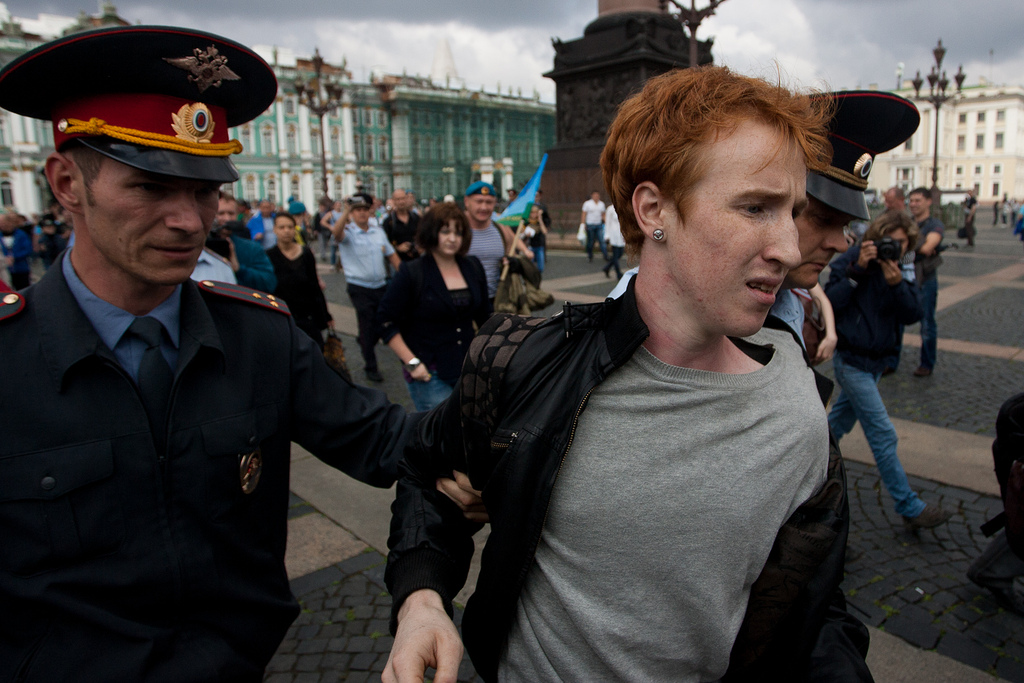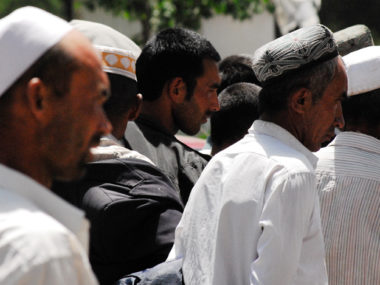Guest post by Reed Wood
A growing number of scholars and nongovernmental agencies see a pale light emerging in the perpetual dark world of human security and conflict. The 2012 Human Security Report asserts that sexual violence in conflict is less pervasive than suggested by media report, the prevalence of major conflicts is on the decline, and attacks on civilians by rebel and regime forces are now at their lowest levels since 1989 (when the data begin). All told, global human security is improving. The hopeful view presented in the Report dovetails with arguments by Joshua Goldstein and Steven Pinker that war is becoming both less common and on average less deadly. This is certainly good news for scholars and policymakers interested in political violence and human rights; it’s even better news for the hundreds of millions living in regions prone to instability and violence. But is respect for human rights significantly improving around the globe? In my view, it would be premature to celebrate a new era of human security.
Each year Mark Gibney and I pour over scores of human rights reports and assign each state a score on the Political Terror Scale (PTS); a description of these categories appears in Table 1. This activity generates skepticism of any claims of broad global improvements in human rights. While individual countries (thankfully) improve over time, virtually identical descriptions of police beatings, broken bones, lit cigarettes and electrodes applied to sensitive flesh, bodies dumped in ditches, rape in custody, and mass executions seem to shift from one country’s report to another. It’s possible I am too immersed in these brutal scenes to see the brighter spots in the overall narrative. However, my read of the data suggests that there has been little substantive change in respect for physical integrity rights around the globe over the past few decades. The “progress” observed in recent years is more likely just a return to normal following a serious uptick in abuse at the end of the Cold War. In fact, a lower proportion of states exhibit full or nearly full respect for physical integrity rights today than did in the 1980s.
Table 1
5. Terror has expanded to the whole population. The leaders of these societies place no limits on the means or thoroughness with which they pursue personal or ideological goals.
4. Civil and political rights violations have expanded to large numbers of the population. Murders, disappearances, and torture are a common part of life. In spite of its generality, on this level terror affects those who interest themselves in politics or ideas.
3. There is extensive political imprisonment, or a recent history of such imprisonment. Execution or other political murders and brutality may be common. Unlimited detention, with or without a trial, for political views is accepted.
2. There is a limited amount of imprisonment for nonviolent political activity. However, few persons are affected, torture and beatings are exceptional. Political murder is rare.
1. Countries under a secure rule of law, people are not imprisoned for their views, and torture is rare or exceptional. Political murders are extremely rare.
Using the most recent PTS data, I’ve charted the distribution of State Department-based PTS scores between 1976 and 2011 in Figure 1. The figure shows the proportion of states that fell into each of the five PTS categories in each year. If respect for rights is improving, we should see the percentage of states in the lower categories of abuse (greens) increase over time while the percentage of states in the higher categories (orange/red) fall. If anything, the data suggest the proportion of high performing states (1-2 on the index) has shrunk over time. In part, this change could conceivably be the result of better reporting of abuse. But this would probably be most problematic in the late 1970s and early 1980s, after which the effect should diminish. Moreover, serious abuses — systematic torture, ethnic cleaning, widespread abductions, and mass executions — are harder to hide. I therefore doubt that any significant changes in the scores at the higher levels (4-5) are driven by difference in reporting. Like the lower categories, the distribution of the worst scores varies over time. In the late 1970s and early 1980s fewer than 10 percent of the states covered in the PTS fell into the most abusive categories. This group grew rapidly over the last decade of the Cold War, and by the early 1990s included nearly 25 percent of states in the international system. This proportion has since declined to less than 20 percent, but still remains shockingly high.
Figure 1

This trend is particularly surprising given that factors associated with progress in human rights such as war and democracy have seen at least marginal improvements over the same time period. Figure 2 plots the percentage of states coded as either category 1 or 2 in the PTS (green) alongside the percentage of states involved in violent conflict (internal and external) according to the UCDP (red) and the percentage of states coded as 7 or higher on the Polity2 scale (blue). The good news is that democracy is on the march. While only 25 percent of states were “democracies” in 1976 more than half have joined that club today. The bad news is that the rapid expansion of global democracy has not been followed by major gains in respect for physical integrity rights; apparently, institutional democracy is not enough. In addition, conflict has declined marginally over the past thirty some years, but most notably since the early 1990s. The decrease in war corresponds to the nominal decline in the percentage of highly abusive states noted above, but it is not matched by an increase in high levels of respect for human rights. If neither increased global peace nor the tide of democracy promotes broad respect for human rights, then what does? Scholars have made major advances in explaining variations in human rights and security across states, but we shouldn’t pop the cork just yet. We’ve clearly got a lot of work left to do.
Figure 2







0 comments
Kathryn Sikkink and Ann Marie Clark have an article forthcoming on this very topic. I think it’s being published in Human Rights Quaterly. The gist of their argument is that increasing reporting (an “information paradox”) can help explain these patterns. PS. There might be draft versions of this piece floating around on the web.
Are you looking at the same set of states and reports each year? It would be interesting to see the data presented in absolute terms as well as percentages.
Thanks for the post. Like Rachel, I’d love to know more about the data.
Thanks for the post. It inspired me to do some further digging into the relationship between the CIRI and PTS data and political regime types that you may be interested in: http://abandonedfootnotes.blogspot.co.nz/2012/12/of-malevolent-democracies-and.html
(Lots of graphs!)